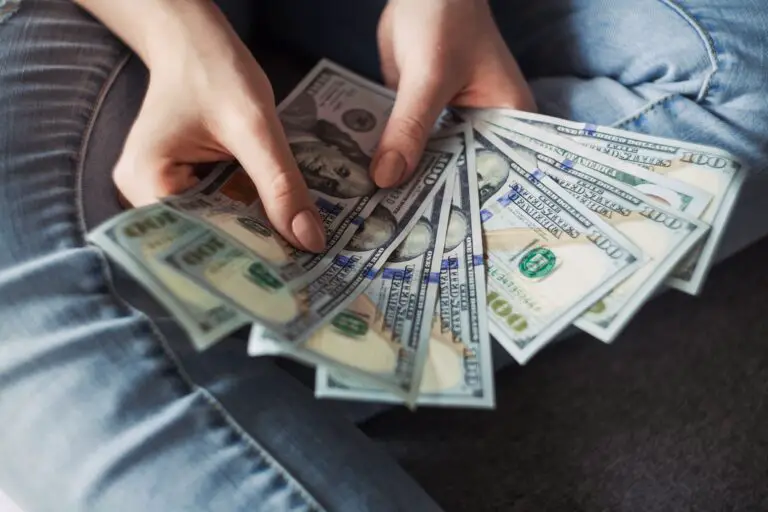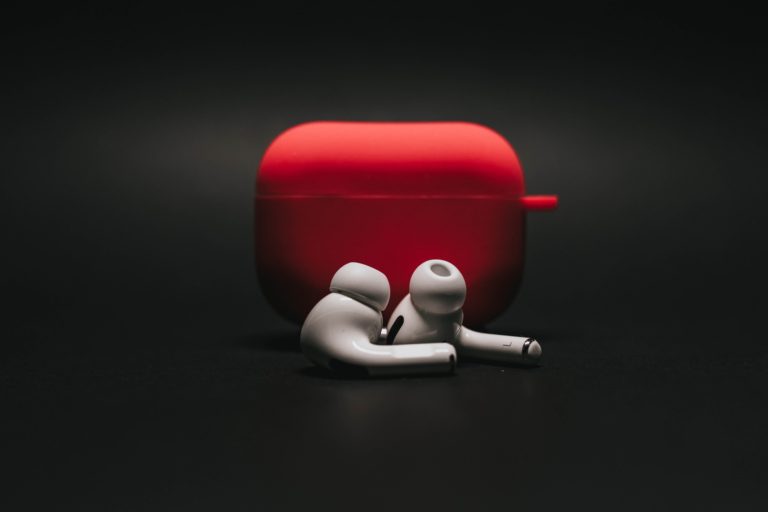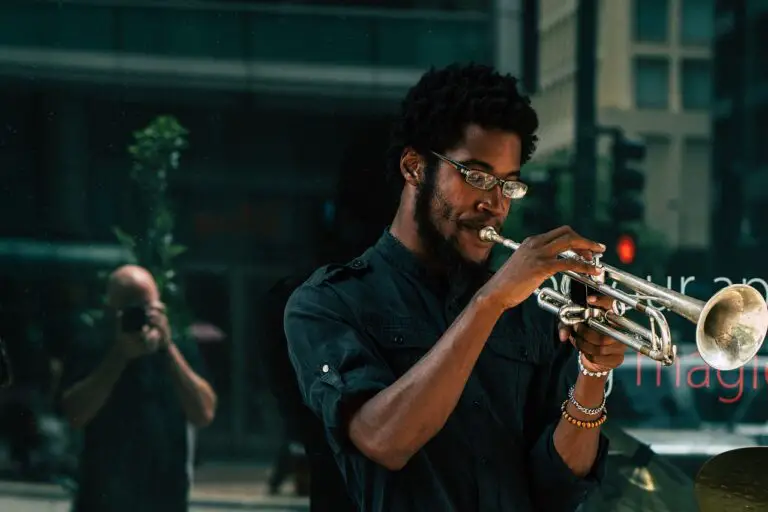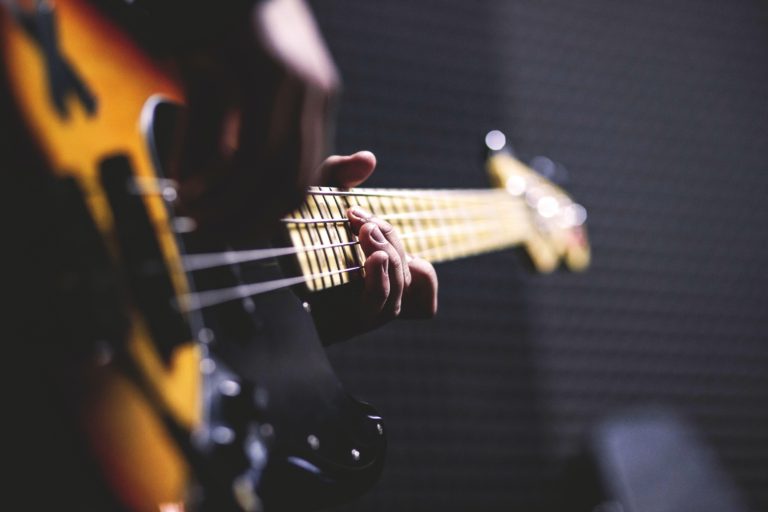Is GarageBand Good For Making Beats?
If you don’t already know, GarageBand is one of the most popular apps for making tracks. Countless folks have used GarageBand to compose impressive tunes, from regular iPhone owners to professional songwriters. But what about beats?
Is GarageBand good for making beats? If you’re an enthusiast, GarageBand is excellent for creating percussive elements. Furthermore, GarageBand’s built-in beat sequencer is intuitive, straightforward, and capable.
There are many methods to creating some fantastic beats with GarageBand. Read on to learn how you can make high-grade tracks with ease.
What is GarageBand?
Let’s start with what GarageBand is. You likely know that GarageBand is a music-making app. More specifically, it’s a digital audio workstation (DAW). There are many DAWs available for recording industry pros, but GarageBand is undoubtedly one of the most popular for regular people (although even pros may prefer it).
A DAW like GarageBand usually features several tools to streamline songwriting. These include virtual instruments, a multi-track view, mixers, tempo controls, etc.
Before getting too excited, be aware that GarageBand is only available on Apple devices. If you do not own an Apple device, you must purchase one or go with a GarageBand alternative like Cakewalk or Cubase.
What Tool Do I Use to Make Beats on GarageBand?
When it comes to making beats, the most important item is called a “beat sequencer.” On iOS, GarageBand’s beat sequencer is a colorful grid allowing you to easily arrange what part of the drum to play and when.
On Mac, you create beats through several rows depicted next to a piano keyboard, where each key represents a different type of beat. Unfortunately, this is not as intuitive as the iOS beat sequencer, but you’ll unlock an extremely powerful tool with a bit of practice.
Finally, when comparing Apples (Macs) to Apples (iPhones/iPads), the Mac version of GarageBand feels more like a professional tool whereas the iOS version is like an interactive music-making app. Nevertheless, both allow various edits to create a beat exactly how you want.
Is Making Beats Hard?
Making beats is surprisingly easy. With GarageBand’s beat sequencer, the program takes care of tempo and consistency.
Surprisingly, you can even randomize the notes and get some catchy results. All you need to do is specify the number of beats per measure you want and go from there.
So no, making beats is not hard. With GarageBand and beat sequencers in general, you never have to worry about whether you have good rhythm — rest assured, your computer or smartphone can keep perfect timing.
However, creating exceptional beats takes practice. A typical song is over two minutes and contains around 80 measures. You need to make it flow.
We’ll discuss how, shortly.
First, let’s compare the hardest and the easiest method for making beats.
The Hardest Way to Make Beats: Become a Skilled Drummer
You’re solely responsible for maintaining a steady beat when you play drums. Because this is drilled into students in high-school bands, for example, it’s not an easy feat. Furthermore, it comes naturally only for a lucky few.
Nevertheless, learning to play the drums offers many benefits. The drums are hard to master but doing so makes you a better musician. Plus, you’ll become better at making jaw-dropping beats overall than those who’ve never picked up a drumstick.
Ultimately, becoming a skilled drummer is the best long-term solution to making amazing beats. However, if you want to create something right now, mastering the drums may not be an option. Plus, a high-quality drum set isn’t cheap.
The Easiest Way to Make Beats: A Beat Generator
If all you’re willing to do is pick a genre and move some sliders around, beat generators have you covered.
GarageBand has features that automate the beat-making process. However, you can also check out an online tool like Gener808 for AI-generated tracks.
A beat generator is, without a doubt, the easiest method. You don’t need rhythm, talent, or a creative bone in your body. Instead, you can spend your time doing something you’re actually good at.
How to Make Beats for Beginners
Making beats is easy but turning them into a song takes practice and skill. Fortunately, many tried-and-true techniques help guide you through the process.
Read on to learn how!
Step 1: Determine Beats-per-minute
First, you need to determine what tempo you want.
To understand tempo, use a metronome and experiment with different settings. The easiest way is to Google “online metronome” if you don’t have a physical one. Then, with a tap or a click, you can adjust the tempo and observe the results.
For reference, 60 beats per minute (BPM) and below is a slow tempo. Between 60 and 120 is a moderate tempo. Above 120 BPM is a fast tempo. Of course, you’ll hear a variety of differing opinions.
Once you’ve figured out a suitable BPM for your track, it’s time for the next step.
Step 2: Pick a Genre
Next, ask yourself, “what is my style?”
Knowing what genre to use opens you up to millions of examples for inspiration. To make it easier, GarageBand offers dozens of premade beats in different genres that you can modify to make something uniquely you.
Also, it’s more straightforward to emulate what other hip-hop, R&B or rock musicians have created than starting from absolute zero. After actively listening to the percussion in your favorite songs, you’ll have an easier time creating something fresh. Creating greatness is easier once you know what greatness sounds like.
Step 3: Figure out how many bars per verse
Genre coupled with BPM tells you how many bars per verse is best. For example, most modern rap tracks have 16 bars per verse.
What is a bar? A bar is a small “container” of beats. Usually, a bar contains four beats in a 4/4 time signature, which is the most common. Whenever you encounter a fraction in a beat sequencer, know that the top number represents beats per bar while the bottom number represents the beat length (i.e., quarter notes, eighth notes).
What about a verse? A verse is, basically, a section in a song. So, for example, if there are 16 bars in a rap verse with four beats per bar, you can count to four sixteen times before the beat transitions into something different.
For a simple answer, look at a few suggestions for how many bars per verse is best.
- Rap and Hip-Hop: 16-24 bars
- Blues: 12 bars
- R&B: 8 -16 bars
- Rock: 8 – 12 bars
With this in mind, don’t lock yourself into these numbers. If you feel that a 24 bar rock ballad or an 8 bar rap track is appropriate, go for it.
Step 4: Make the beat
Now it’s time to open GarageBand to make your beat. Once you’re familiar with how to use the software, experiment with hi-hats, snares, and more.
There’s no right or wrong way to do things once you’ve figured out tempo, bars per verse, and genre. If there’s one “must-do” item when making your beat, it is to create a consistent bass beat. But beyond that, creativity and experimentation rule.
Pros and Cons of Making Beats with GarageBand
GarageBand is great for making beats, but it isn’t perfect. So what are the pros and cons of making beats with GarageBand?
First, here’s where GarageBand excels:
- The beat sequencer on iOS is fun and easy to use
- GarageBand comes preinstalled on Apple devices
- GarageBand offers a variety of professional features for fine-tuning beats
- Many people use GarageBand, meaning you can easily find someone to collaborate with as you make tracks
However, GarageBand has downsides, too:
- Not available on Windows, Chrome, Linux, or Android
- Making beats on the Mac version of GarageBand is harder than on iOS.
- GarageBand doesn’t specialize in making beats like other apps do.
In conclusion, GarageBand is a great free tool for making beats for those who own Apple products. Many artists, like Rihanna, have used its features to make high-grossing hits. But, unfortunately, it isn’t an option for everyone.
Best DAW for Making Beats
GarageBand is great at making beats. Nevertheless, there are alternatives that specialize in beat-making. Keep in mind that GarageBand is a jack-of-all-trades music production tool, so it can’t match the complexity of a specialized DAW.
FL Studio is widely regarded as the best beat-making DAW for professionals. But, be warned: it’s expensive. Nevertheless, FL Studio is definitely worth the investment if you’d like to turn beat-making into a career. It has features that free DAWs like GarageBand are unable to offer.
But if you’re just starting out, GarageBand is more than enough for creating addictive beats.
Conclusion
GarageBand is an excellent tool for making beats. The digital audio workstation is designed with Apple’s high standards. Furthermore, you already own it if you have a Mac or iPhone.
With GarageBand in hand, you can figure out the style and feel of your tracks while the computer keeps a steady beat. So, if you’re eager to create something incredible, go ahead and begin! You’ll get the hang of things pretty quickly.








